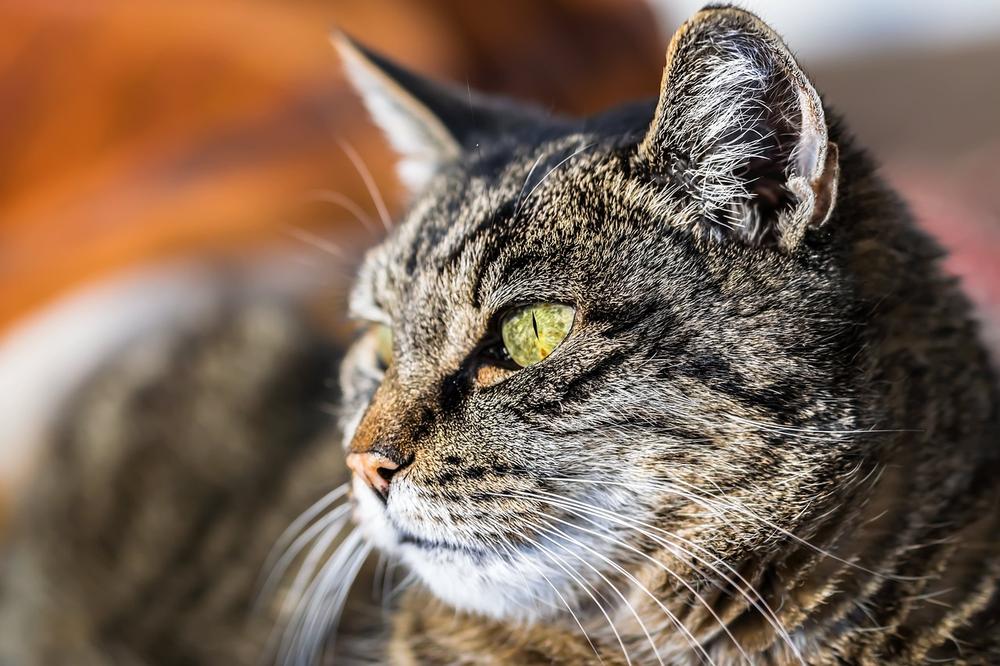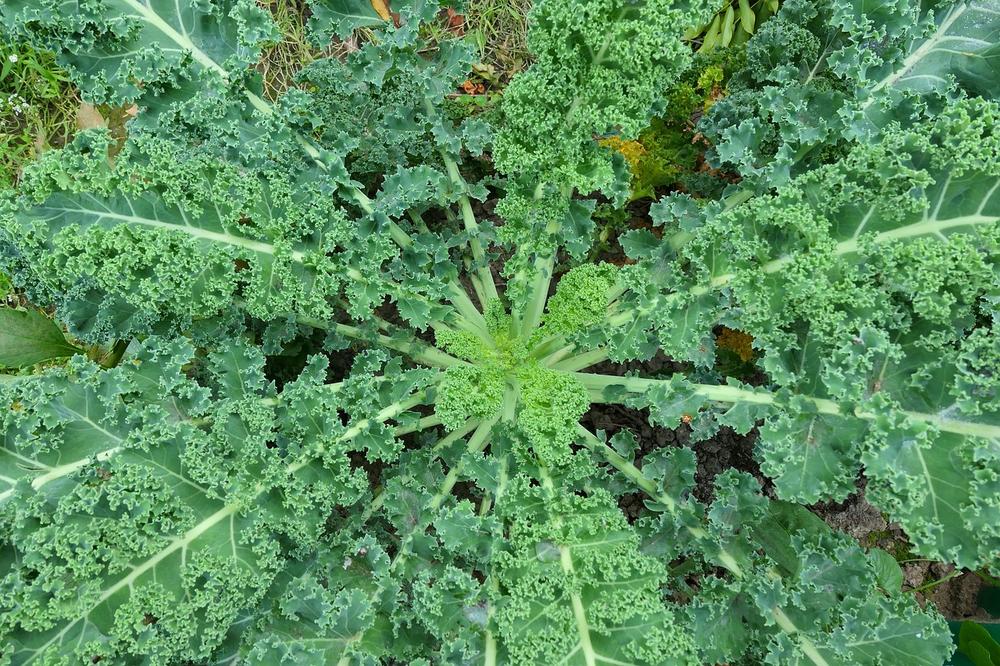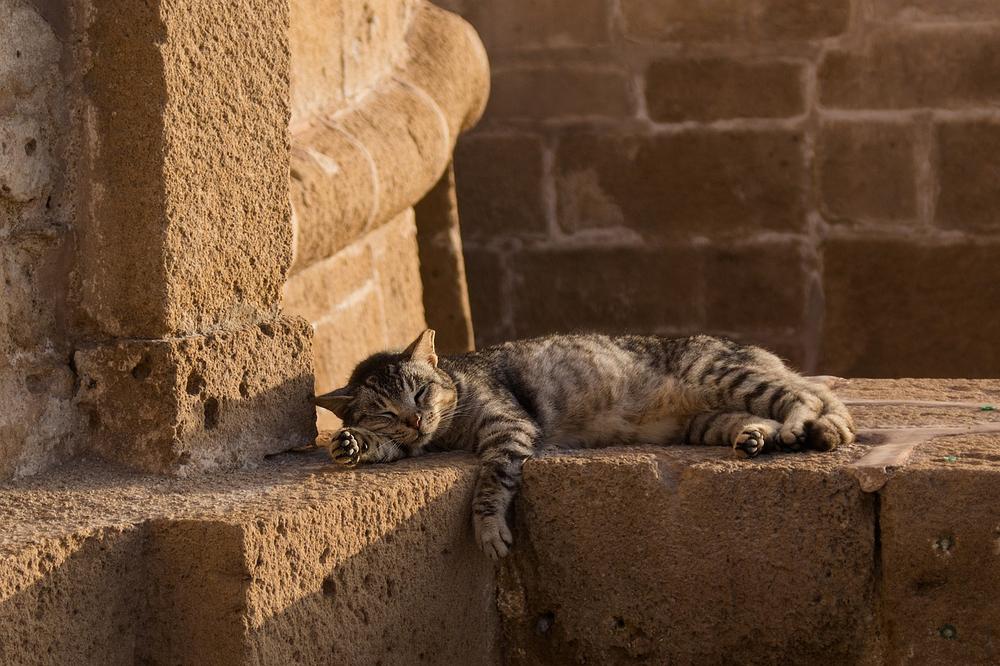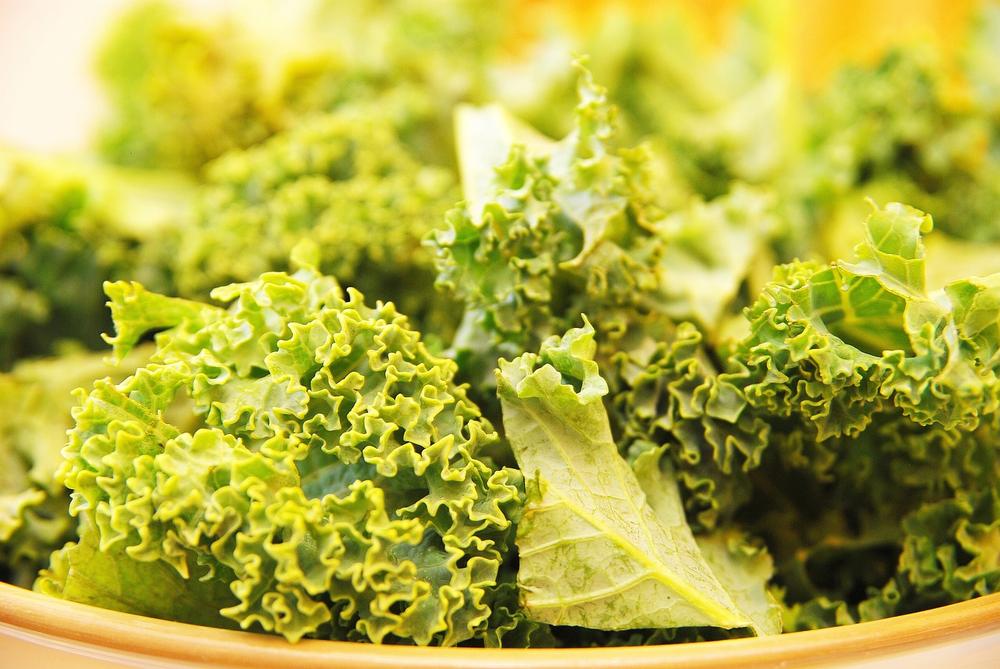Can Cats Eat Kale?

Are you worried sick about your feline friend's diet and nutritional health?
Wondering if kale could be the key to their well-being? 😊
Hold on tight because we're about to dive into the kale conundrum.
Let's find out if it's a feast or a feline faux pas.
Is Kale Safe for Cats?
While raw kale won't harm cats, it may contain harmful bugs and compounds that can upset their delicate digestion and cause kidney issues. Cats need meat for essential nutrients, so it's safer to avoid kale and opt for other green options to prevent potential problems.
Can cats eat kale?
Let's find out.
Raw kale won't harm your furry friend, but there's more to consider.
Kale can harbor nasty bugs that might upset their tummies.
Not good for delicate digestion.
Cats are obligate carnivores. They need meat for essential nutrients. Kale falls short.
And here's the kicker...

Some compounds in kale can cause digestive problems and even kidney issues. Scary stuff.
So, be cautious.
If you want to feed kale to your cat, start small and watch for any reactions.
Concerned about anemia?
Skip kale and try safer green options.
But what if I told you that there are certain approved vegetables, like kale, that can actually provide health benefits for your cat?
Yes, you heard it right... Incorporating these veggies into their diet offers a range of phytonutrients that can combat illnesses and promote all in all feline well-being.
Let's explore this further!
Can Cats Benefits From the Nutrients Present in Kale?
Cats benefit from the nutrients in kale because...
- Phytonutrients in vegetables like kale fight against cancer, autoimmune diseases, and infections.
- Certain veggies like broccoli and carrots have antioxidants and vitamins that protect against illnesses and vision loss.
- Leafy greens such as kale and collard greens are packed with vitamin A, copper, and fiber, promoting your kitty's overall health.
- If your cat chews on grass or houseplant leaves, it might mean they need something nutritionally.
- Feeding your cat kale can improve their litter box comfort.
- Your feline pal's well-being and vital bodily functions rely on proper nutrition.
So, yes, it's safe to give kale to your furry friends.
It's a healthy addition to their diet.
And if you're still wondering about other leafy greens that can benefit your feline friend, you'll be happy to know that I have written a useful blog post that delves into another favorite in the cat world - spinach! From its potential benefits to any risks involved, my article Can Cats Eat Spinach can provide the answers you're seeking.
Explore the world of leafy greens and keep your cat's diet diverse and nutritious.
How to Feed Kale to Cats?
Feeding kale to cats is a healthy choice. But, you ought to do it right and keep your furry friend safe. Here are some tips for you:
- Cook the kale by steaming or boiling. Don't add salt or condiments. This way, it becomes safe for your cat to munch on.
- Chop up the steamed leaves and mix them with your cat's regular food. Skip the stems as they can give cats tummy troubles.
- Start with small portions of kale and gradually increase it. Treat it as an occasional snack or treat for your feline friend.
- Remember, cats get most of their water from food. So, wet food is your best bet to prevent dehydration and certain illnesses.
- While raw food is generally good for cats, cooked food might have chemicals that could cause issues like cancer or allergies.
- Keep in mind that vegetables like kale should only make up a small portion (about 5-10%) of a cat's diet. Make sure to mix them with meat.
- A good approach is to steam a few kale leaves, chop 'em up, and blend them into the main dish. 😺
It's worth noting that cats have different dietary needs than humans.
So, before making any big changes, consult with your vet.

They'll guide you in the right direction.
Explore further: If you're curious about whether arugula is safe for your furry friend to eat, check out Can Cats Eat Arugula. I advise you to read my blog post to find out more.
But how exactly is kale beneficial for cats?
Let me explain the numerous benefits and reasons why incorporating this leafy green into their diet can be a game-changer for your furry friend's health!
High Fiber Content in Kale
The Benefits of Kale for Your Cat's Digestion
You know what's awesome about kale?
It has a lot of fiber.
And guess what?
Fiber is not only good for us humans but also for our feline friends.
Incorporating kale into your cat's diet can really help with their digestion.
It keeps everything moving smoothly in their tummy, preventing any annoying constipation issues and other digestive problems.
Your kitty will be so thankful to you!
Supporting Weight Loss and Maintenance with Kale
But wait, there's more...

Kale is not just great for digestion, it can actually help your cat with weight loss and maintaining a healthy weight too. How amazing is that?
Kale is low in calories, so you can add it to your cat's diet without worrying about them gaining pounds. On top of that, the high fiber content makes your cat feel full and satisfied after eating some kale. It's a win-win situation for both of you!
Preventing Diseases and Regulating Calorie Intake with Kale
Now, let's talk about the superpowers of kale. This leafy green not only aids digestion and supports weight management but also helps prevent diseases and keeps your furry friend in top shape. Kale is packed with antioxidants and other essential elements that promote optimal health for your kitty. Here's an important tip:
While kale is fantastic, remember that veggies should only make up less than ten percent of your cat's diet because they don't need carbohydrates.
However, they do need fiber, which kale provides.
So go ahead and introduce kale into your cat's diet. It will help regulate their calorie intake, improve digestion, and contribute to their overall well-being.
Your adorable fur baby will definitely benefit from this leafy green addition!
And it gets worse...
Excessive consumption of kale can be harmful for your cat...
Symptoms That Your Cat Has Had Too Much Kale
Feeding your cat too much kale can lead to serious health issues, including kale poisoning.

Symptoms of kale overconsumption in cats include loss of appetite, nutrient deficiencies, and potential health complications.
Heinz body anemia is a condition that can result from gorging on kale, requiring immediate veterinary attention.
While it's alright to give your feline friend a small portion of kale, be cautious not to exceed healthy limits to avoid these harmful effects.
Things Your Cat Absolutely Should Not Eat
Feeding your cat is crucial, so be mindful of what they eat.
Cats have specific dietary needs and certain foods can harm them.
Here's a breakdown of what your cat should absolutely avoid:
- Citrus fruits: Skip oranges and lemons as their acidity isn't good for cats. Stick to safe and nutritious cat-specific foods instead.
- Apples, pears, plums, and peaches: These fruits are fine in moderation to add some variety to your cat's diet.
- Herbs: You can give your cat edible and beneficial herbs like Catnip, Cat Thyme, Valerian, Chamomile, Licorice Root, Cat's Claw, and Goldenseal. Sprinkle them on their food or use them as treats.
- Kale: Humans may love kale as a superfood, but it's not suitable for cats. It can harm their digestion.
- Iceberg lettuce: Avoid this lettuce altogether as it can cause diarrhea in cats.
- Onions: Keep onions away from your cat's plate because they contain thiosulphate, which causes anemia in cats.
- Potatoes and squash: Be cautious with these starchy vegetables as they can lead to obesity, diabetes, and hormonal issues in cats.
Cats are carnivores, so their diet should mainly include muscle meat and organ meat.
Furthermore, limit people food intake to just 10% of their in essence diet.
Always steer clear of toxic foods.
Your cat's well-being depends on what they eat!
Feeding Kale to Cats: Key Takeaways
- Cats can eat kale safely, but they are obligate carnivores and need meat for nutrition.
- Raw kale may contain parasites and microorganisms that harm cats.
- Kale compounds can cause digestive issues and potentially kidney problems.
- Small amounts of kale are generally safe, but monitor your cat's reaction.
- Kale is not toxic to cats, but other grasses can be safer alternatives.
- Adding approved vegetables like kale, broccoli, and cabbage provides health benefits.
- Vegetables contain phytonutrients that combat cancer and promote overall health.
- Chewing on grass may indicate nutritional deficiency, which kale can address.
- Cook kale by boiling or steaming without salt or condiments.
- Mix the chopped leaves with regular food, excluding the stems.
- Slowly introduce kale as an occasional treat, not a regular part of the diet.
- Wet food is preferable to prevent dehydration and diseases.
- Raw food is generally better, but cooked food may contain harmful chemicals.
- Kale should only comprise 5-10% of a cat's diet and mixed with meat.
- Kale aids in weight loss, digestion, and disease prevention.
And that wraps up today's article.
If you wish to read more of my useful articles, I recommend you check out some of these: Can Cats Eat Wheat, Can Cats Eat Cauliflower or Broccoli, Can Cats Eat Seaweed, and Can Cats Eat Sushi
Talk soon,
-Sarah Davis